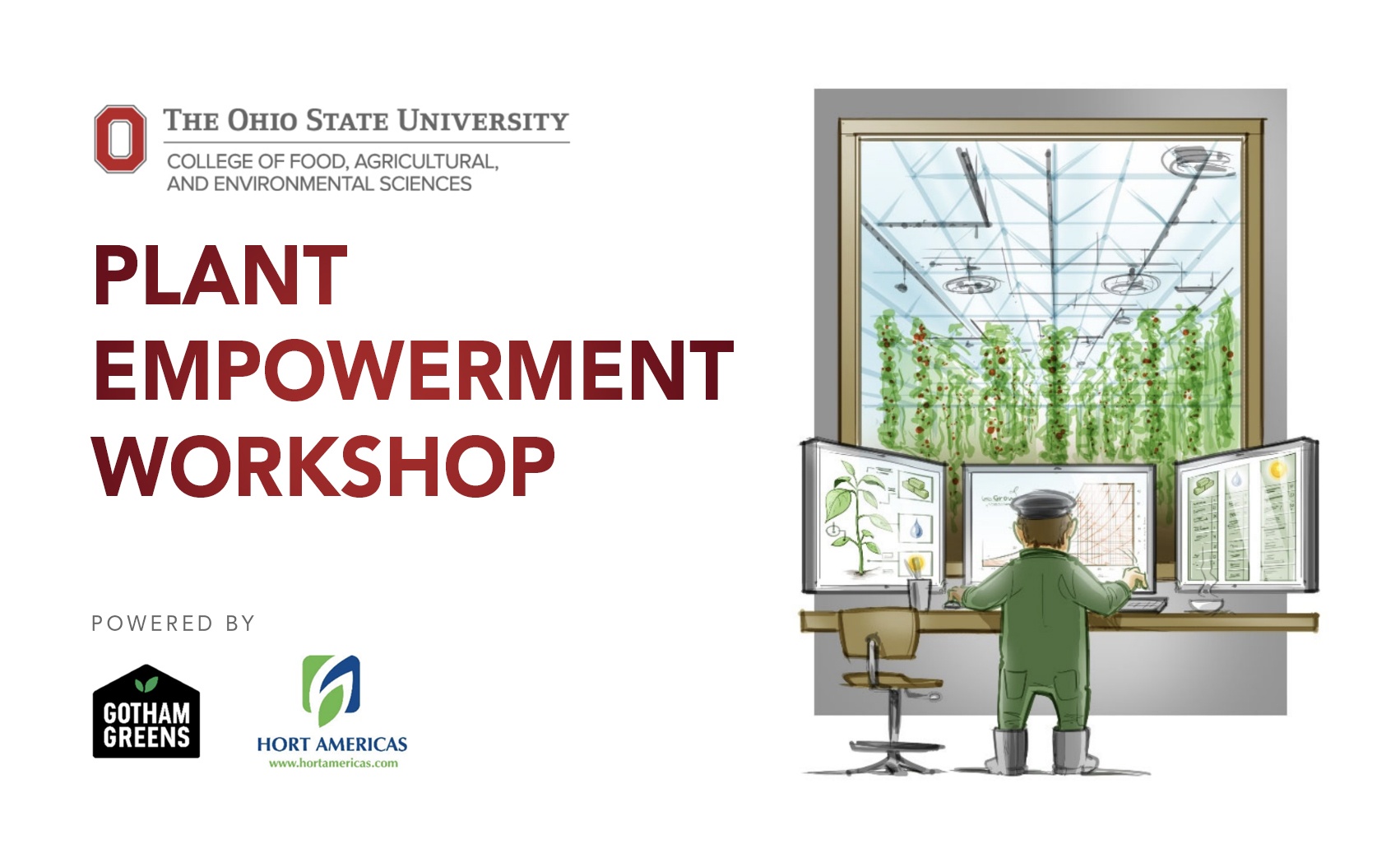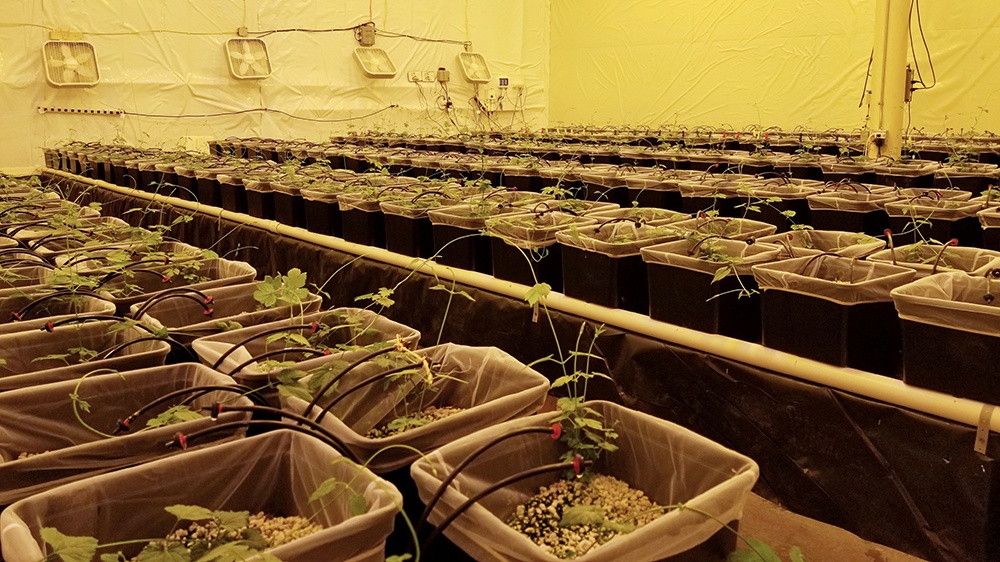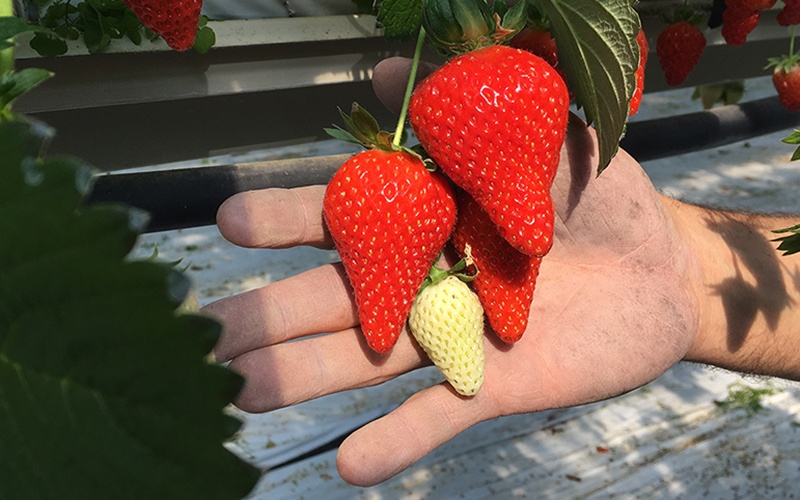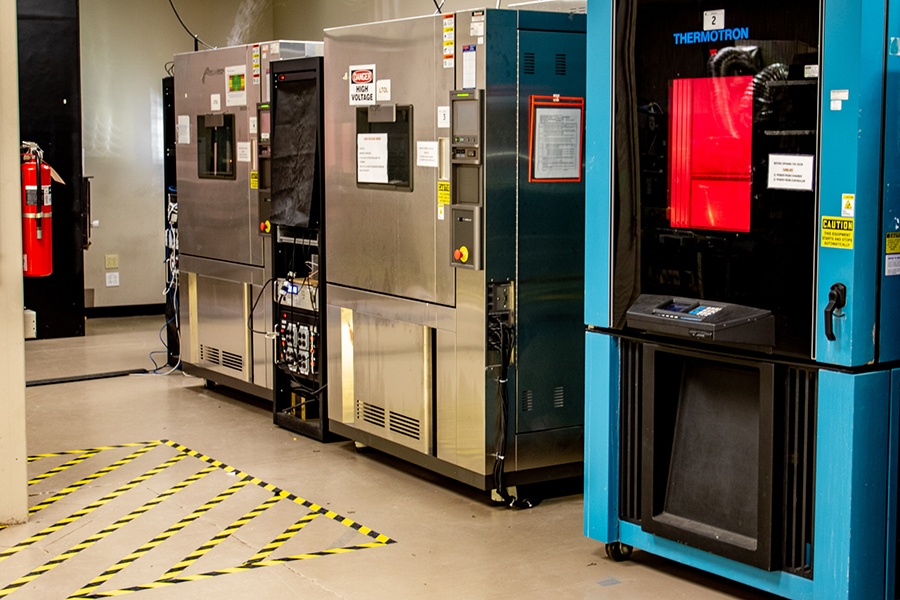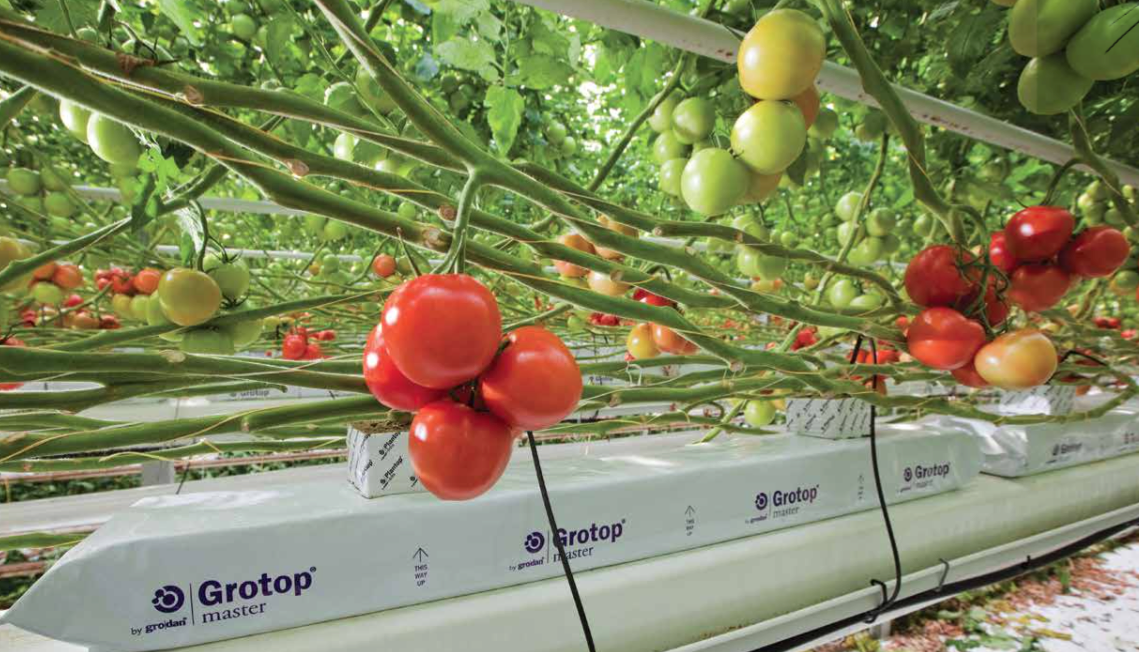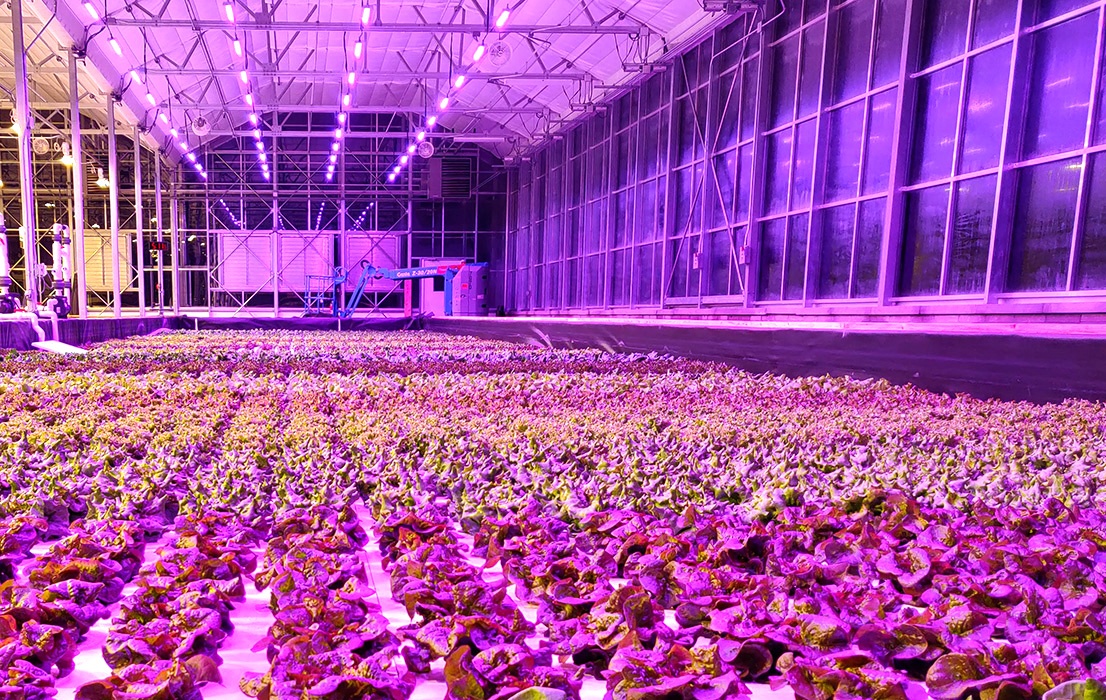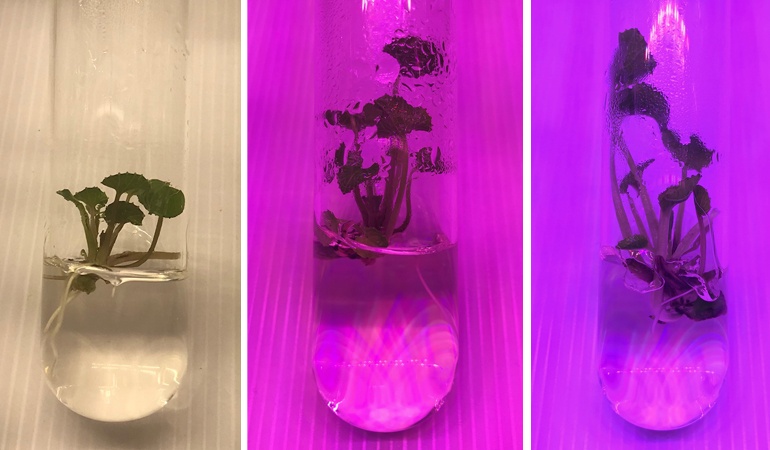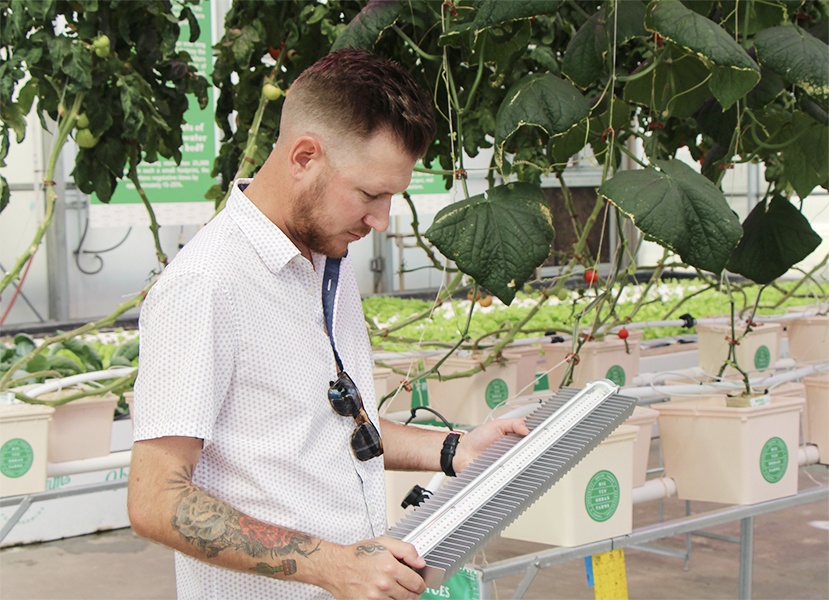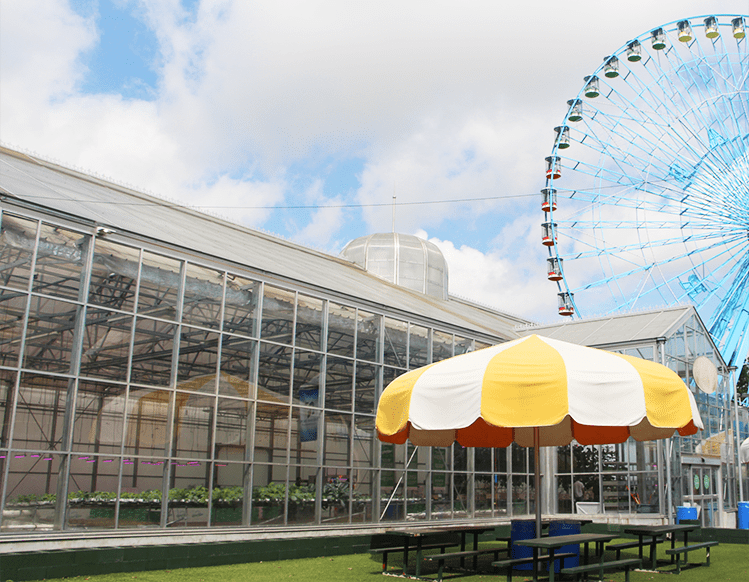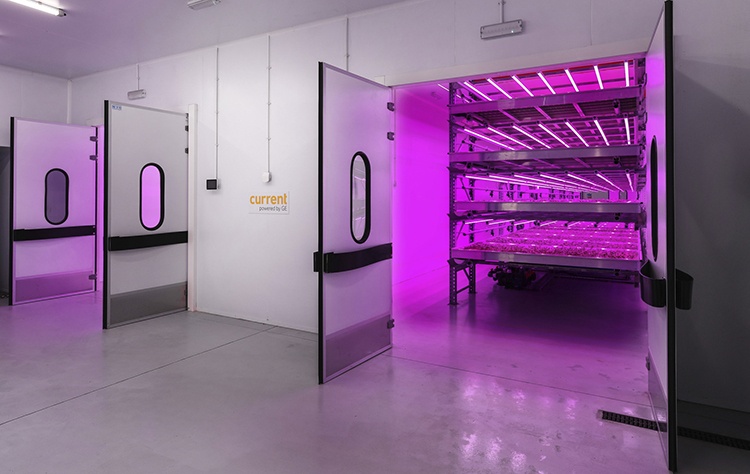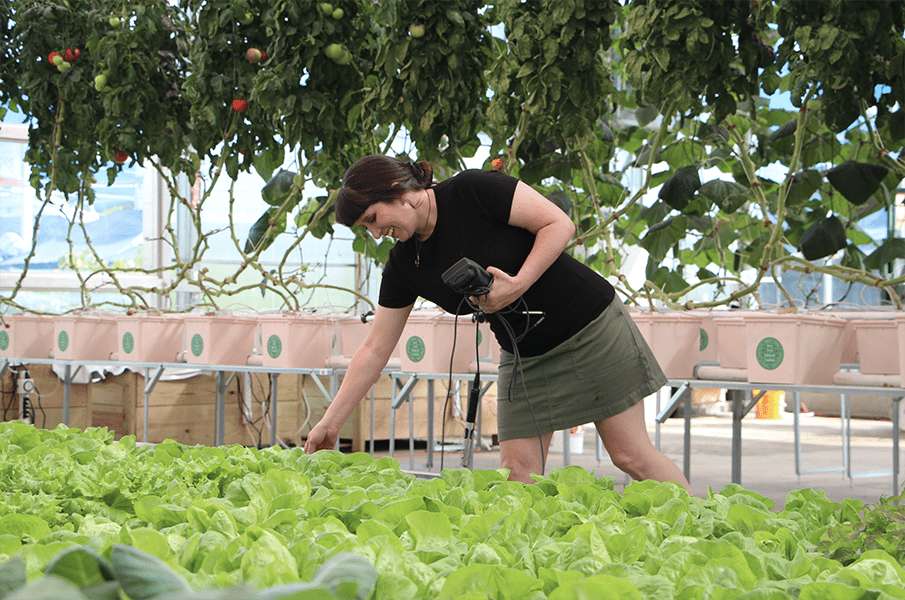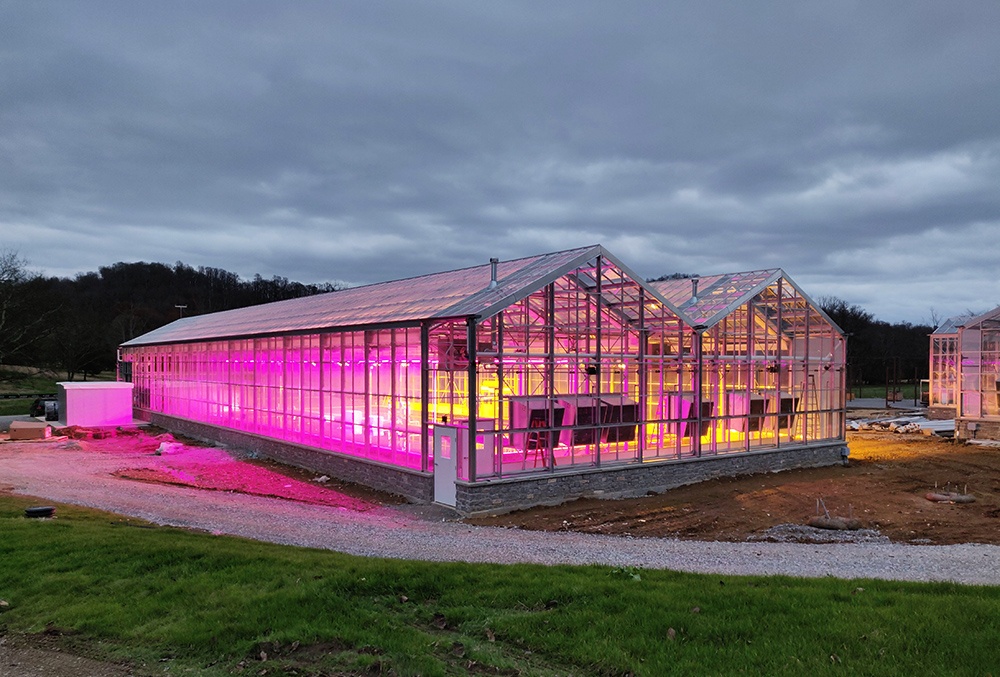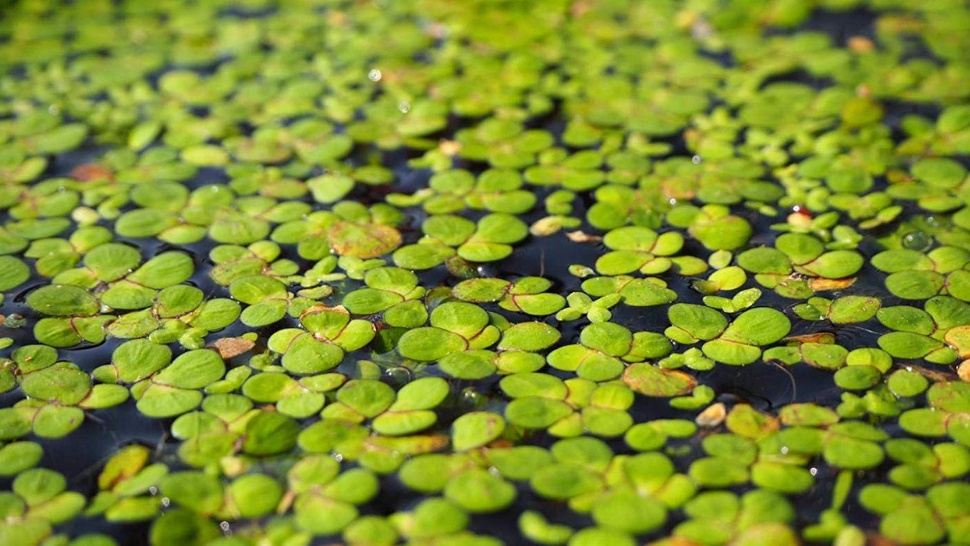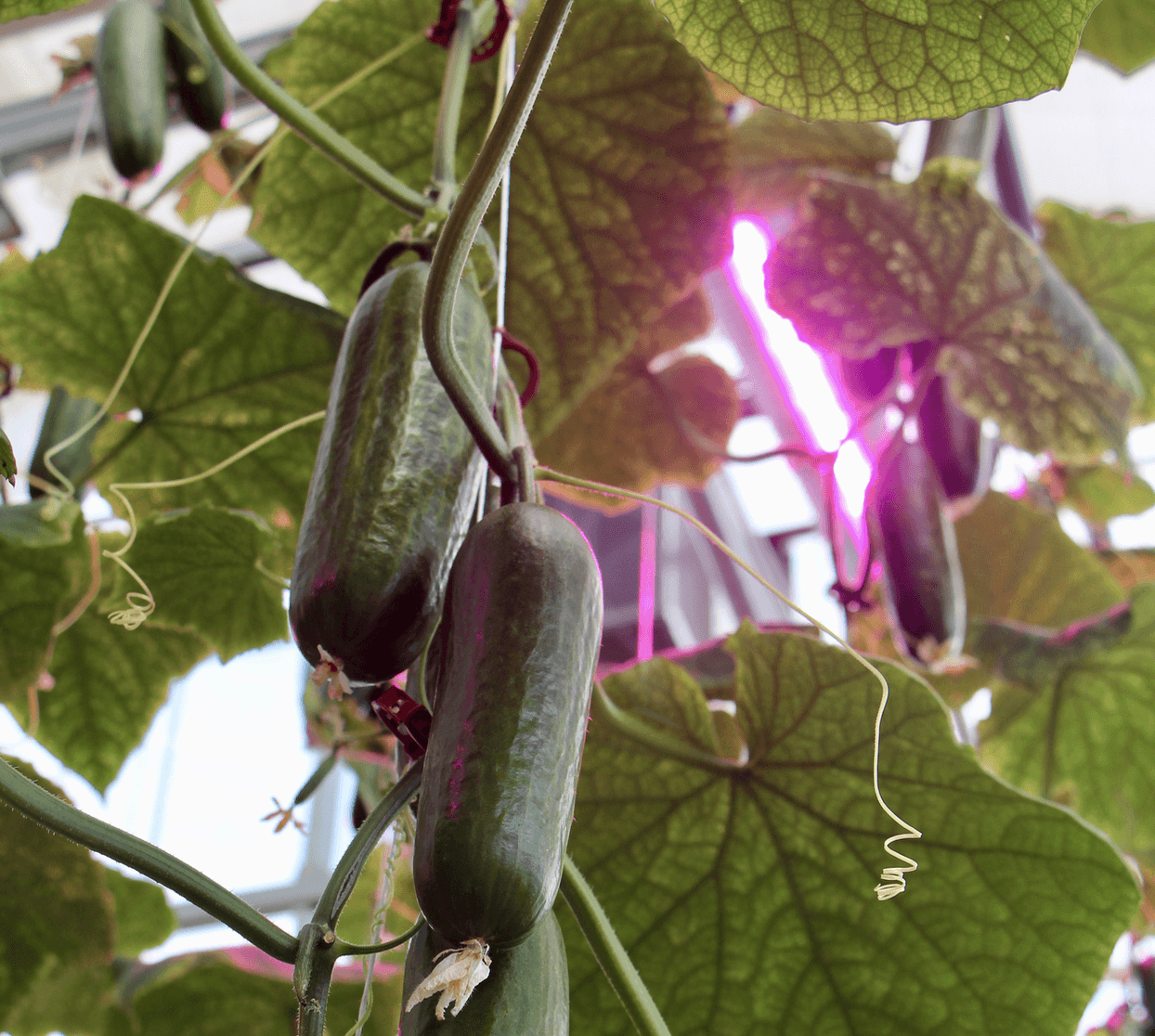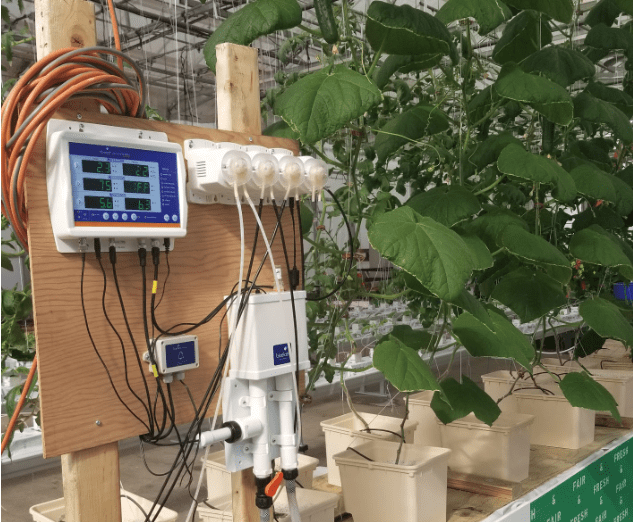
By Deidre Hughes
pH
A too often overlooked aspect of hydroponics is the importance of maintaining a steady and proper pH in your nutrient solution. One whole number increase or decrease in pH (ex. 6.0 to 7.0) is actually ten times either more acidic or more alkaline depending on which direction the number moves. The pH scale ranges from 0-14 with 0 being the most acidic, 7 being neutral and 14 being alkaline. Most plants thrive in a pH between 5.5 and 6.5. This is because the pH affects nutrient uptake by a plant’s roots. A lower (acidic) pH can affect the availability of Mg, P and/or Ca. On the flipside, a higher pH (alkaline) can affect the availability of micronutrients such as Fe (iron), Cu (copper), B (boron), Zn (zinc) and Mn (manganese). Certain plants have greater need for specific elements, therefore, will have a pH “preference”. Before planting a crop do proper research to determine what the needs and recommendations for your crop are. Then adjust, monitor and maintain your pH for consistent growth.
Continue reading Nutrient Solution Monitoring with Bluelab
